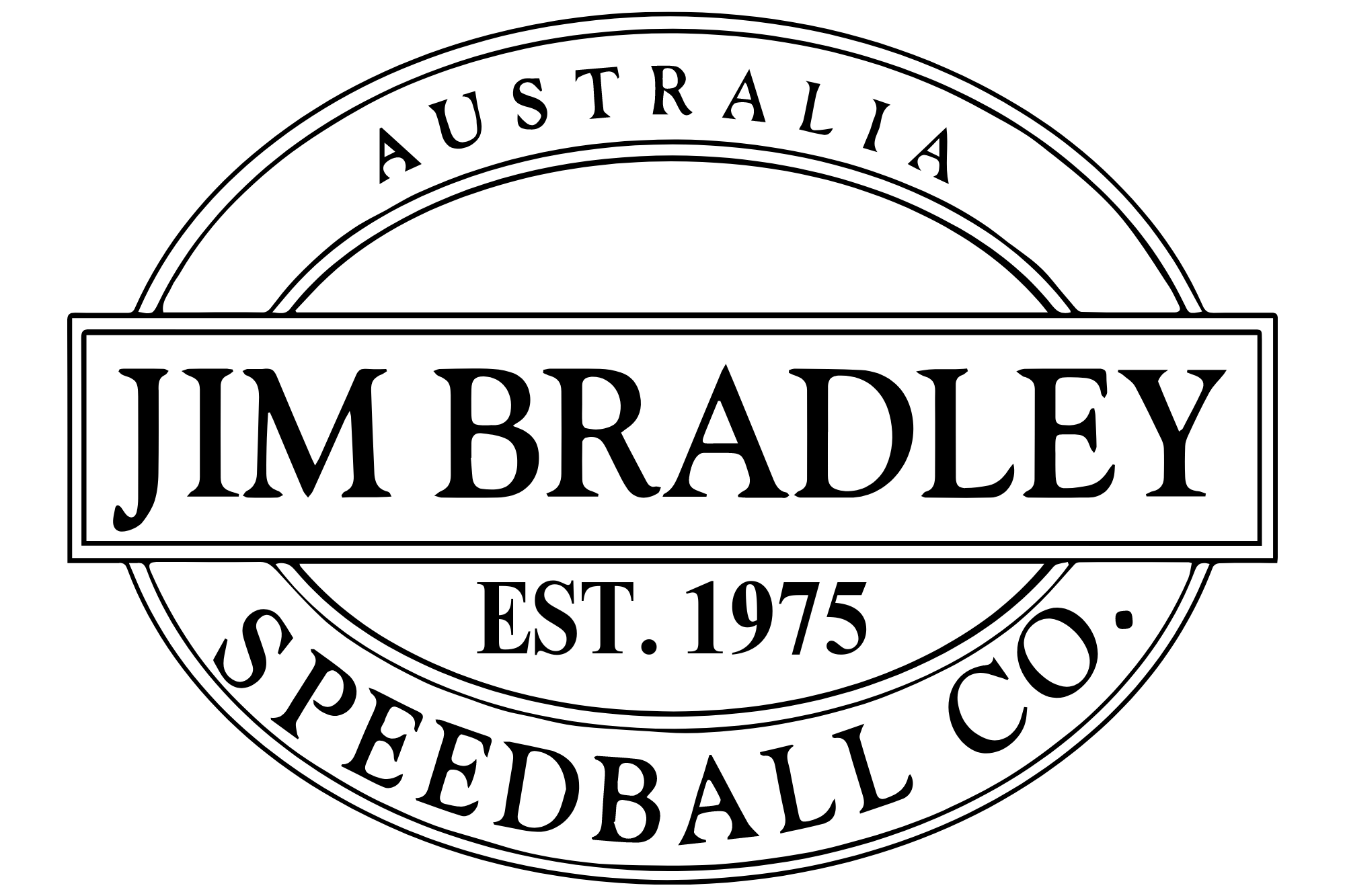The Language of Boxing
Introduction:
Behind the dazzling footwork, lightning-fast punches, and unwavering determination of your favorite fighters lies a rigorous training regimen that forms the foundation of their success in the ring. From legendary champions to rising stars, each boxer follows a unique training protocol tailored to their individual style, strengths, and goals. In this blog post, we'll delve into the language of boxing training, unravelling the techniques, drills, and principles that fuel the journey from contender to champion.
Understanding the Language of Boxing:
Before lacing up your gloves and stepping into the gym, it's essential to familiarize yourself with the terminology and concepts that form the backbone of boxing training. Here's a brief primer:
- Footwork:
Pivot: Rotating on the ball of the foot to change direction or generate power.
Shuffle: Moving laterally with small, quick steps to maintain balance and positioning.
Slide: Gliding smoothly across the canvas while keeping weight centered and knees slightly bent.
- Punches:
Jab: A quick, straight punch thrown with the lead hand to set up combinations or maintain distance.
Cross: A powerful, straight punch delivered with the rear hand, often following the jab to capitalize on openings.
Hook: A curved punch thrown with a bent arm, targeting the opponent's head or body from the side.
Uppercut: An upward punch aimed at the opponent's chin or solar plexus, generated by rotating the hips and driving upward with the arm.
- Defense:
Slip: Swiftly moving the head to avoid an opponent's punch while maintaining balance and counterattacking.
Parry: Redirecting an opponent's punch with a subtle deflection of the hand or forearm, minimizing impact.
Block: Absorbing or deflecting punches using the arms or gloves, protecting vulnerable areas of the body.
- Conditioning:
Bag Work: Practicing punches, combinations, and movement patterns on a heavy bag or speed bag to build endurance and power.
Pad Work: Working with a coach or training partner to drill specific combinations and defensive techniques, simulating real-time scenarios.
Sparring: Controlled, live-action practice bouts against an opponent to refine skills, test strategies, and develop ring awareness.
Training Like Your Favorite Fighter:
Now that you're well-versed in the language of boxing, it's time to emulate the training methods of your Favorite fighters. Whether you idolize the speed and precision of Muhammad Ali, the relentless pressure of Mike Tyson, or the technical mastery of Floyd Mayweather, there are valuable lessons to be gleaned from their approach to training:
- Consistency is Key:
Dedicate yourself to a regular training schedule, committing to honing your skills and conditioning your body day in and day out.
- Focus on Fundamentals:
Master the basics of footwork, punches, and defense before delving into more advanced techniques, ensuring a solid foundation for your development as a boxer.
- Embrace Hard Work and Discipline:
Boxing is not for the faint of heart. Embrace the grueling workouts, sweat-drenched sparring sessions, and relentless pursuit of improvement that define the life of a fighter.
- Adapt and Evolve:
Stay open to feedback from coaches, teammates, and opponents, continuously refining your technique and strategy to adapt to different styles and scenarios.
Conclusion:
Training like your favorite fighter is more than just mimicking their movements or copying their workouts. it's about embodying the mindset, work ethic, and dedication that propel them to greatness. By immersing yourself in the language of boxing, understanding the nuances of training, and embracing the principles of discipline and perseverance, you can embark on your own journey to boxing mastery, one punch at a time.
